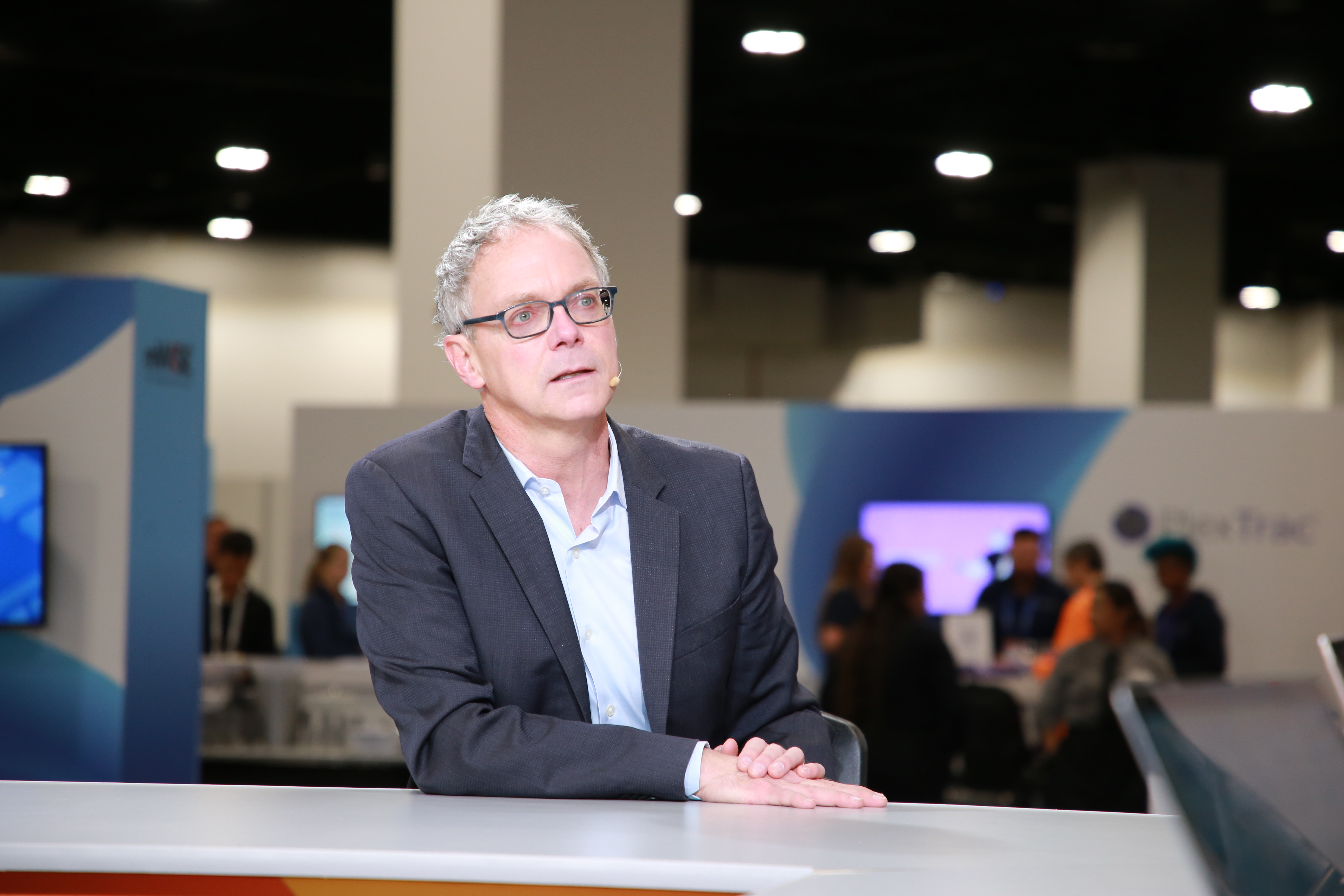 SECURITY
SECURITY
 SECURITY
SECURITY
 SECURITY
SECURITY
Amid the overwhelming surge of data and telemetry, enterprises are recognizing that network security is essential to cybersecurity.
As cyber threats grow more advanced, network security company Corelight Inc. has shown its commitment to democratizing cybersecurity by diving deeper into network traffic, according to Greg Bell (pictured), the company’s co-founder and chief strategy officer.

Corelight’s Greg Bell talks to theCUBE about the vitality of network security.
“The big idea of our company is that we’re taking the techniques and tooling that elite defenders were using in the National Lab system, DOD and DHS, and democratizing them,” Bell said. “We do focus on network traffic, and that provides a breadth of visibility for organizations. It’s an increasingly important part of the landscape for defenders. Most defenders have figured out they need to pay real attention to network security in the cloud.”
Bell spoke with theCUBE Research’s John Furrier and Savannah Peterson at mWISE 2024, during an exclusive broadcast on theCUBE, SiliconANGLE Media’s livestreaming studio. They discussed the growing importance of network security in today’s digital landscape, emphasizing why it deserves a central role in modern cybersecurity strategies. (* Disclosure below.)
AI can play an instrumental role in eliminating the boundaries between networking and security through innovations such as generative AI and large language models. As a result, AI can help put security as a function in the network, Bell pointed out.
“I think LLMs and AI generally can be used to reduce errors and configuration,” he said. “Cisco now has this bold new vision, Tom Gillis’ vision of dissolving the difference between networking and security. We’re certainly compatible because we can take our product and put it in the Kubernetes environments, run it right in the network. I can imagine a future internet where the difference between networking systems, security and data analysis is dissolved.”
To strengthen network security and telemetry, Corelight partnered with Google LLC, a collaboration that began even before Google acquired Mandiant. This partnership plays a critical role in providing cutting-edge technologies needed to scrutinize the entire workflow for managed defense, according to Bell.
“Our relationship started with Mandiant even before the acquisition, and there’s a lot of common culture and common heritage with Mandiant,” he noted. “We began working with them to integrate our network sensors into their service offerings. They’re the people you call if something really bad happens. The FBI just announced yesterday the takedown of this Flax Typhoon botnet. If you had been breached by some fearsome nation-state backed botnet like that, you might call Mandiant to figure out how bad it is.”
Open-source communities play a crucial role in cybersecurity by fostering collaboration, with a shared goal of combating attackers. Because of this, open-source culture should be integrated into network security, Bell emphasized.
“I mean a lot of the fundamental building blocks of our products and also of civil society come from open-source communities,” he explained. “As defenders, if we can just break down some troublesome cultural boundaries or barriers, we can work together, and open source is one mechanism for doing that. Open source is really good for people from non-traditional backgrounds who want to advance their careers, because they can get access to completely free tools in technology and training to go faster.”
Adopting Kubernetes in cybersecurity offers a new approach to minimizing risks. It enhances visibility into containerized applications, providing better protection, according to Bell.
“I think the Kubernetes community also didn’t believe network security was that important, but that’s beginning to change too,” he said. “There’s a new class of risks, like lateral movement, between containers. So, you need visibility and detection and you need to be attuned to those risk models to be able to provide value. That’s the beauty of open source and of a community working together.”
Here’s the complete video interview, part of SiliconANGLE’s and theCUBE Research’s coverage of mWISE 2024:
(* Disclosure: Corelight Inc. sponsored this segment of theCUBE. Neither Corelight nor other sponsors have editorial control over content on theCUBE or SiliconANGLE.)
Support our open free content by sharing and engaging with our content and community.
Where Technology Leaders Connect, Share Intelligence & Create Opportunities
SiliconANGLE Media is a recognized leader in digital media innovation serving innovative audiences and brands, bringing together cutting-edge technology, influential content, strategic insights and real-time audience engagement. As the parent company of SiliconANGLE, theCUBE Network, theCUBE Research, CUBE365, theCUBE AI and theCUBE SuperStudios — such as those established in Silicon Valley and the New York Stock Exchange (NYSE) — SiliconANGLE Media operates at the intersection of media, technology, and AI. .
Founded by tech visionaries John Furrier and Dave Vellante, SiliconANGLE Media has built a powerful ecosystem of industry-leading digital media brands, with a reach of 15+ million elite tech professionals. The company’s new, proprietary theCUBE AI Video cloud is breaking ground in audience interaction, leveraging theCUBEai.com neural network to help technology companies make data-driven decisions and stay at the forefront of industry conversations.